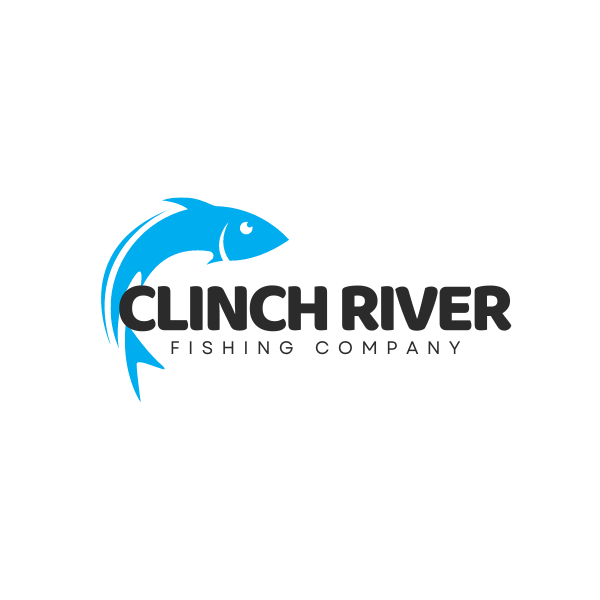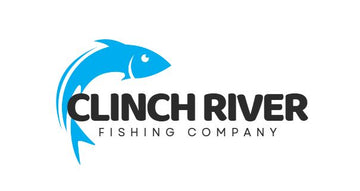Updated on: 2025-10-05
- Practical guide to minn kota trolling motors
- Key advantages of minn kota motors on the water
- Summary and next steps for minn kota shoppers
- Minn kota FAQs and quick answers
If you are choosing your first minn kota or updating a seasoned setup, it may feel helpful to start with the basics. Minn Kota Motors and MinnKota accessories cover a wide range of boats and fishing styles, from compact jon boats to feature-rich bass rigs. In the paragraphs below, you will find a gentle, practical walk-through of trolling motor sizing, a simple way to understand a Minn Kota 24v wiring diagram and battery setup, and steps to connect and calibrate i-Pilot. We will also touch on popular models like the Minn Kota Terrova, and share advantages that many boaters appreciate, such as GPS anchoring and quiet control.
Practical guide to minn kota trolling motors
Choose the right minn kota size for your boat
Many boaters begin with a common question: What size Minn Kota trolling motor do I need for my boat? As you decide, it is useful to think about three points—thrust, shaft length, and features. Thrust reflects how much push the motor can provide. Heavier boats, strong wind, and current may require more thrust to hold a line or stay on a waypoint. As a starting point, smaller boats on calm water can often do well with lower thrust, while larger or wind-catching boats tend to benefit from higher thrust models. If you are deciding on the best Minn Kota trolling motor for 18-foot bass boat setups, many anglers find that moving into mid-to-higher thrust tiers offers a comfortable safety margin for wind, current, and a full livewell.
Shaft length matters because the prop should sit deep enough in the water to avoid cavitation, especially in waves. Measure from the bow mounting surface to the waterline, then follow Minn Kota guidance to select a shaft length that keeps the prop submerged during typical conditions. Finally, consider features that make your time easier and more precise—GPS anchoring, route recording, heading lock, and remote control can all reduce workload and help you fish more thoughtfully.
Plan a Minn Kota 24v wiring diagram and battery setup
Once you choose a motor, wiring is the next step. A Minn Kota 24v wiring diagram and battery setup is a series configuration using two 12-volt deep-cycle batteries wired to deliver 24 volts. In a series connection, you connect the positive terminal of Battery A to the trolling motor’s positive lead, and the negative terminal of Battery B to the trolling motor’s negative lead. Then, use a short jumper cable to connect the remaining negative terminal on Battery A to the remaining positive terminal on Battery B. This creates a 24-volt bank without mixing other onboard systems into the loop.
For safety and performance, include the properly sized circuit breaker (as specified for your model) close to the battery. Keep wire runs as short as practical and match the wire gauge to both the run length and the motor’s current draw according to Minn Kota specifications. If you install a battery disconnect switch or quick-release bracket, place them where they are easy to reach. Before powering up, double-check polarity on every connection and ensure all terminals are tight, clean, and protected from corrosion. If you are considering lithium batteries, confirm compatibility with your motor’s requirements and follow the battery manufacturer’s charging guidelines.
Mount a Minn Kota Terrova or similar trolling motor
Mounting a Minn Kota Terrova or a similar bow-mount trolling motor is straightforward with a little planning. First, verify the stow and deploy path to avoid contact with the rub rail, bow cleats, or navigation lights. On many boats, locating the mount so the motor head stows inward helps protect it while trailering and docking. Dry-fit the base and mark the holes. If you use a quick-release bracket, ensure both plates are aligned and that the locking pin can be accessed after installation.
Use the included template or base as your guide, drill pilot holes as recommended, and use marine-grade stainless hardware with suitable backing plates or washers under the deck. Seal any exposed core material and use a marine sealant under washers to reduce water intrusion. After mounting, deploy and stow the motor a few times at the dock to confirm smooth motion and clearance. If your boat has a bow panel, route the power cables to the panel or directly to the battery bank, following the wiring plan you created earlier. Take a moment to confirm that the direction indicator aligns with the boat’s centerline so your steering input feels natural from the start.
Pair and calibrate the Minn Kota i-Pilot remote
Many users ask: How do I pair and calibrate the Minn Kota i-Pilot remote? The process is gentle and quick. Power on the trolling motor and ensure the prop is clear. On the remote, open the pairing menu and follow the prompts; the motor and remote should connect within moments when both are in pairing mode. After pairing, complete the compass and GPS calibration procedure so Spot-Lock and heading features work as intended.
Calibration typically involves slow figure-eight turns in open water while the system reads and adjusts. Keep the boat free of strong magnetic interference during this step. Once complete, test Spot-Lock to see if the boat holds position to your preference, then try Heading Lock and Cruise Control to learn how the motor responds. If your model supports saving routes, record a short path and play it back at a gentle speed to confirm steering and speed control feel steady. If anything seems off, repeat calibration in calmer water.
Key advantages of minn kota motors on the water
- Quiet and precise: A minn kota trolling motor offers smooth, quiet thrust that helps you approach fish with less disturbance.
- GPS anchoring: Spot-Lock can hold your position at a button press, easing boat control in wind or current.
- Thoughtful controls: i-Pilot and i-Pilot Link enable remote steering, cruise control, and route recording for repeatable boat paths.
- Versatile models: From compact options to advanced lines like Minn Kota Terrova, you can match features to your fishing style.
- Solid construction: Durable shafts and sealed electronics help handle frequent use and varied conditions.
- Battery-friendly speed control: Variable speed settings help fine-tune power draw for longer time on the water.
- Integration potential: Some setups can share data with compatible onboard systems for more coordinated control.
Summary and next steps for minn kota shoppers
Choosing a minn kota begins with clear goals: the waters you fish, your boat’s size and weight, and how much you value GPS features. From there, match thrust and shaft length to your hull, plan a clean 24-volt or 36-volt wiring layout if needed, and take a few moments to mount, pair, and calibrate carefully. Small details—like a proper circuit breaker, tidy cable routes, and a complete i-Pilot calibration—can make each trip easier.
If you would like local perspective, trip ideas, or gear insights, you may find helpful information at Clinch River Fishing USA. For more seasonal tips and how-tos, browse the Blog. To learn more about the team and approach, visit About. For friendly assistance or questions about your setup, please reach out through Contact.
Gentle note: Always consult your motor’s official manual for model-specific guidance, safety instructions, wire gauge, and breaker sizing. Conditions vary, so please follow manufacturer recommendations for the most accurate details.
Minn kota FAQs and quick answers
What size Minn Kota trolling motor do I need for my boat?
It helps to consider loaded boat weight, wind exposure, and the water you fish. Smaller, lighter boats in calm conditions can often use lower thrust, while bigger hulls or windy lakes benefit from higher thrust. For an 18-foot bass rig, many anglers prefer a mid-to-higher thrust option for confident control; this is a common answer when people ask about the best Minn Kota trolling motor for 18-foot bass boat setups. When in doubt, choosing a little more thrust can provide a margin that feels reassuring in wind and current. Match shaft length to your bow height so the prop stays submerged in light chop.
How do I pair and calibrate the Minn Kota i-Pilot remote?
With the motor powered and clear of obstructions, open the remote’s pairing menu and follow the prompts until the remote and motor connect. Then, perform the compass and GPS calibration on calm, open water—usually slow figure-eight turns are suggested. After calibration, test Spot-Lock, Heading Lock, and Cruise Control at low speed. If holding or tracking seems off, repeat the calibration in smoother water, and check that no strong magnetic sources are near the head of the motor during the process.
Should I choose 12v, 24v, or 36v MinnKota for wind and current?
Each step up in voltage typically allows for higher thrust models and longer run time at similar speeds. Many smaller boats run well on 12 volts. As boats get larger, carry more gear, or face frequent wind and current, a 24-volt system becomes attractive. Anglers who need the most holding power and all-day endurance may consider 36 volts. The right choice depends on your boat’s size, your fishing style, and how often you use features like Spot-Lock in tough conditions.

Owner and CEO of Clinch River FIshing USA. A marine electroncs, fishing and outdoor store.

